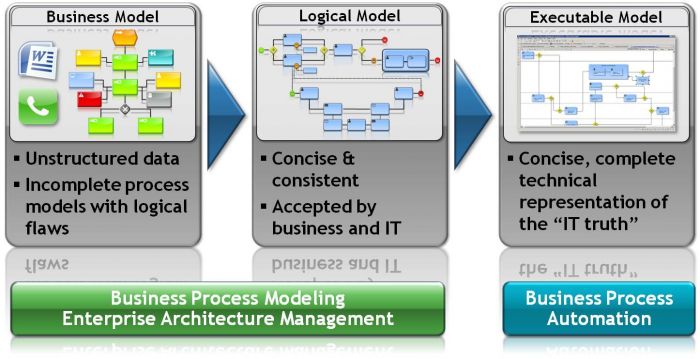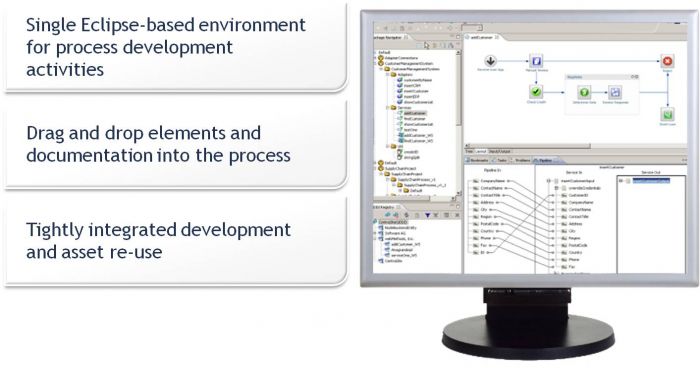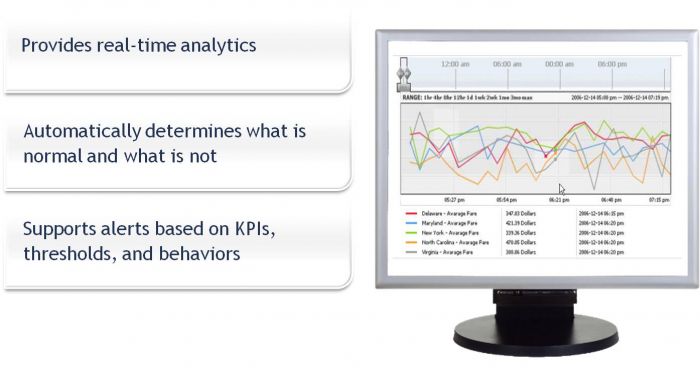In this next post within our Enterprise BPM series we focus on implementing a process in webMethods BPMS to achieve process automation. In the previous post, Katrina Simon described in detail the round trip collaboration between ARIS and webMethods and the governance workflow that manages this collaboration. She also indicated the use of BPMN 2.0 as the common modeling language between ARIS and webMethods that facilitates this round trip. So how do we complete the process automation initiative that started in ARIS – by enabling this process to be ready for execution in webMethods?

The end goal of process automation should be to translate business objectives into a set of measurable operational activities. The Model to Execute round trip realizes this goal by following a “Business-Driven and IT-enabled” approach that truly allows Business and IT to collaborate to ensure success of such an initiative. The execution of such a process needs a measurable set of KPIs that can be consistently defined by IT with results delivered to the Business to demonstrate real-time performance metrics.
Process execution is done within webMethods BPMS, a BPM suite that is built on top of a SOA platform, the webMethods ESB (Enterprise Service Bus). It has often been said that “BPM is the killer app for SOA” and this is really the case with webMethods BPMS since it is not only tightly integrated with the ESB but also with CentraSite (a SOA Governance platform) which allows existing and new services to be simply dragged/dropped onto the process palette for easy wiring to a process step. All this is done within Eclipse, the chosen platform for most developers with different perspectives that intelligently allow services, processes and KPIs to all be defined and leveraged. Patrick Buech in his post also described how the Model to Execute approach supports the connection of CentraSite services with service operations in ARIS.

webMethods BPMS supports all processes (system-centric, people-centric, decision-centric and content-centric) and all stakeholders with tools that are tailored to their needs throughout the BPM lifecycle. It features an integrated rules platform to enable externalization of decisions in structured processes – and also to enable automation of highly unstructured and dynamic processes webMethods BPMS is also tightly integrated with a content service platform for seamless integration of content from any 3rd party repository. It features intelligent and dynamic workflow capabilities that support human interactions and task based activities. This is complemented by a composite application framework that supports the rapid creation of rich user interfaces. Finally, this is all brought together thru analytics and alerting that is based on a learning system which determines what is normal and delivers alerts based on KPIs definitions.


